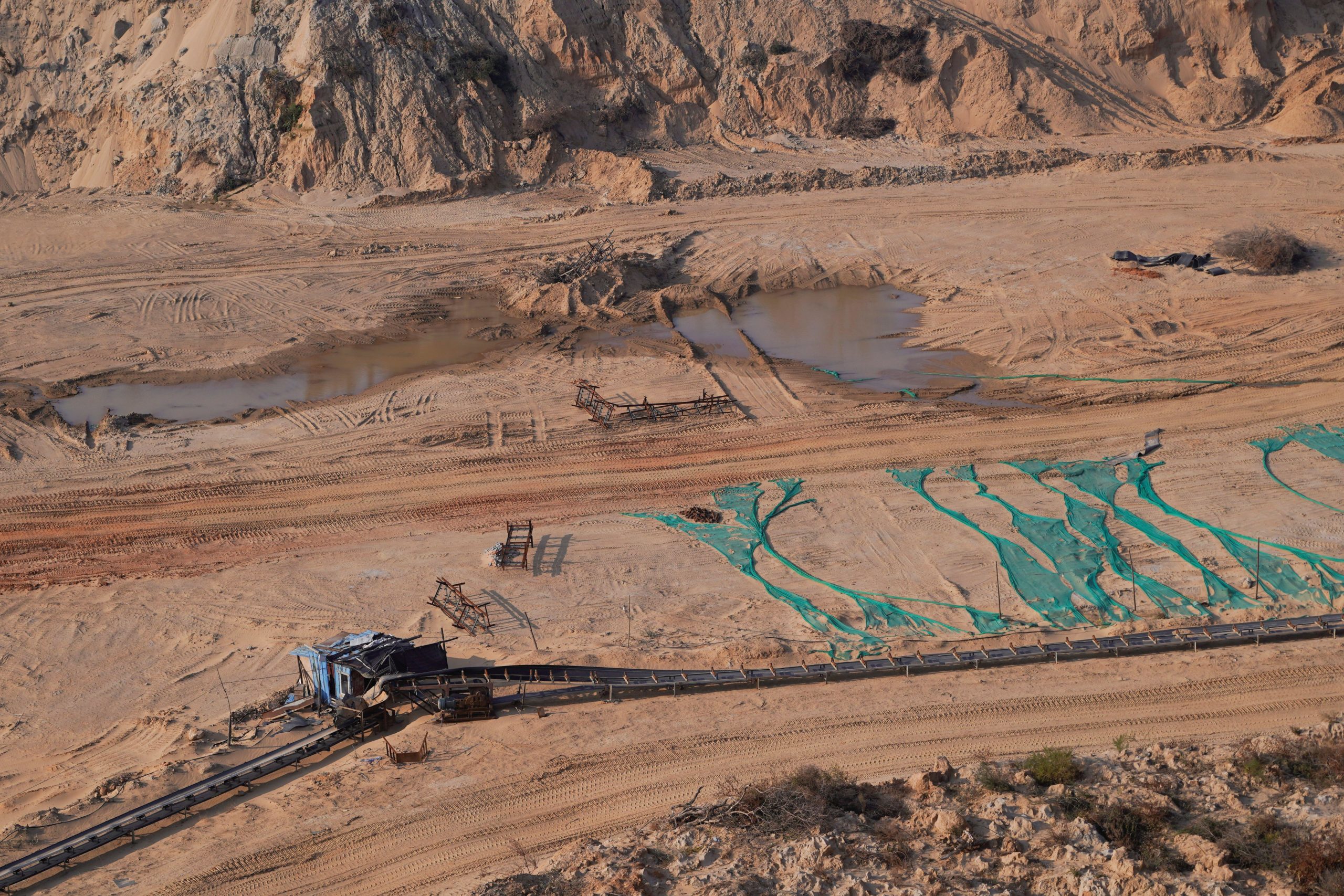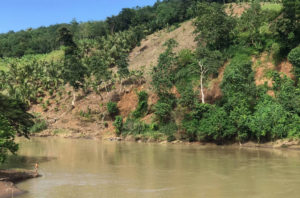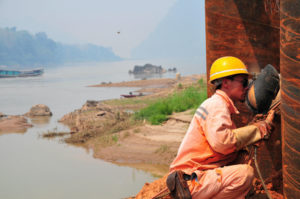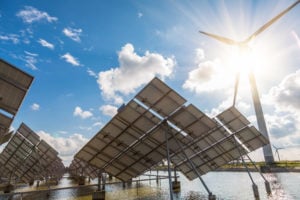The world’s largest extractive industry gets little attention. Each year up to 50 billion tonnes of sand and gravel – known collectively as aggregate – are mined from rivers, lakes, oceans and hillsides. As it is the main ingredient in concrete and tarmac, our cities and roads are literally built on sand.
Yet the aggregate industry and its environmental impacts remain almost as murky as the major rivers that supply much it. A literature review published last year highlights the urgent need for research into the impacts of sand mining on biodiversity and ecosystem services. Research is also needed into the industry’s opaque supply chains, to connect the dots that link unsustainable sand mining and hydropower dams to changes in the physical integrity of rivers, rising water and climate risks, including flooding.
The floods that hit the Yangtze and Huai river basins last year killed nearly 100 people and caused billions of dollars of damage. Floods are increasingly submerging parts of China’s major coastal areas too, places such as Guangdong, Dongguan, Shenzhen, Shanghai, Nantong and Tianjin. Although China’s massive investment in flood defences has reduced flood risks over recent decades, the altered rainfall patterns brought on by climate change mean much more needs to be done to build resilience – including investing in nature-based solutions to protect, restore and better manage ecosystems.
Extracting too much aggregate from China’s rivers and lakes could be increasing the likelihood of floods. Digging up unsustainable amounts to build cities and infrastructure may be a key factor in increasing the vulnerability of those same cities, roads and railways to floods.
Might a switch from river sand to pulverised rock risk China pulverising mountains to save its rivers?
China’s urban building boom has made it the largest miner and consumer of sand, responsible for an estimated 60% of global use. In the three years of 2011 to 2013, China used more concrete (and therefore sand and gravel, which is by far the major ingredient) than the United States in all 100 years of the 20th century. It was poured into the construction and land reclamation programmes that underpinned the country’s extraordinary economic growth. At what cost? What if extracting so much from the beds of major rivers, such as the Yangtze, Yellow and Pearl rivers, has depleted the health of those rivers and increased flood risks?
Unsustainable sand mining transforms the structure of rivers. By removing more than the river can naturally replace with the sediment it carries downstream, sand mining carves a deeper, narrower bed. This lowers the water level, speeds up flow and erodes banks – reducing the watershed’s capacity to absorb excess water during floods. It also impacts biodiversity by degrading habitats that fish and other species depend on.
The impact of sand mining on rivers is exacerbated by the impact of hydropower dams. Along with powering turbines, the reservoirs behind hydropower dams were expected to help control flood peaks – and they have. But dams don’t just trap water, they also trap sand and other sediment.
Cumulatively, dams are thought to trap 77-99% of the natural sediment flows of China’s large rivers, based on research on the Yangtze. What still gets through the barriers is mainly fine sediments like silt and clays, not sand or gravel. As a result, riverbeds and banks are not replenished, making sand mining downstream even more unsustainable and leading to greater erosion in the river channel and banks.
As the river bed deepens, the water table falls, and salt water intrudes further into the estuaries. With growing demand for water, the pressure on ground water reserves increases, leading in turn to further land subsidence, and further flood risks.
Although hydropower dams do reduce floods in the short term, the efficiency of this service gradually decreases in the longer term, especially when paired with unsustainable sand mining. This is probably one reason why large reservoirs, such as the 600km-long lake behind the Three Gorges dam, are contributing to flood mitigation, but not to the extent expected.
Although little can be done to lessen the impact of existing hydropower dams on sediment flow, Chinese officials and water managers have taken steps to reduce the harm caused by unsustainable sand mining. The government has regulated in-channel sand mining in the Yangtze River, under its “ecological civilization” policy slogan. However, restrictions on sand mining on the Yangtze might have driven sand miners to concentrate instead on Poyang Lake, which soon became the largest sand mine in the world. The authorities have now also restricted sand mining in the lake to protect residents and nature – including the critically endangered Yangtze finless porpoise – that depend on the Poyang’s fluctuating fresh water and 1200km shoreline.
As demand for sand is still rising, more sustainable alternatives are required. China is increasingly reusing aggregate from old constructions. Meanwhile the “artificial sand” industry is now taking off, with the China Aggregates Association claiming to be driving the sector towards greater sustainability.
However, while grinding rocks to make sand is a relatively straightforward process, it has its own environmental impacts. The machines consume a lot of energy, and the process generates noise, dust and water pollution. These challenges do have potential solutions, including solar power and robots. But given the huge demand for aggregate, might a switch from river sand to pulverised rock risk China pulverising mountains to save its rivers?
China has already acted to reduce the impact of sand mining on the Yangtze basin. As several of its major cities and economic centres are located in sinking and shrinking deltas, further tough decisions will need to be made. The government needs to weigh up cheap construction sand in the short term against the long term resilience of its deltas.
The decisions it takes may have implications far beyond its borders. The Belt and Road Initiative’s immense portfolio of infrastructure projects consume huge quantities of aggregate. China should export the more sustainable approach it has increasingly been applying to the industry at home.






![Tsering standing on an outcrop observing her pashmina goat flock [image by: Stanzin Dorjai Gya]](https://dialogue.earth/content/uploads/2021/02/DSC07391-300x200.jpg)


